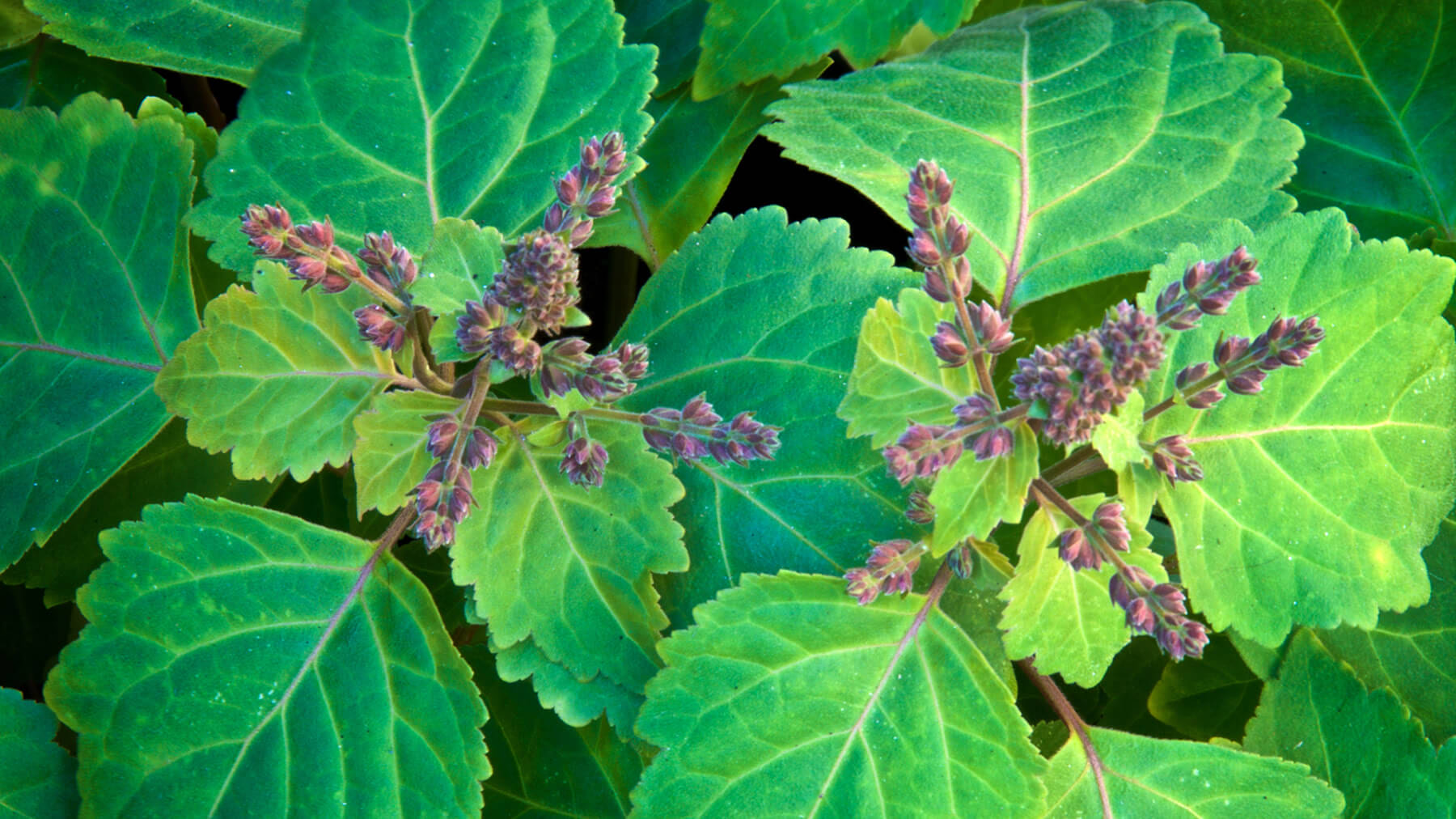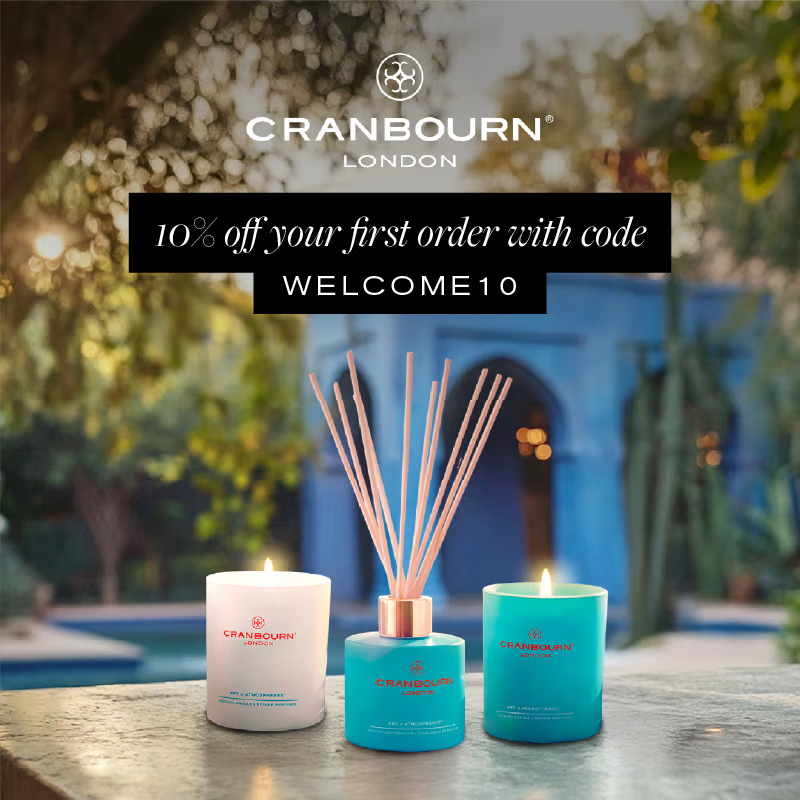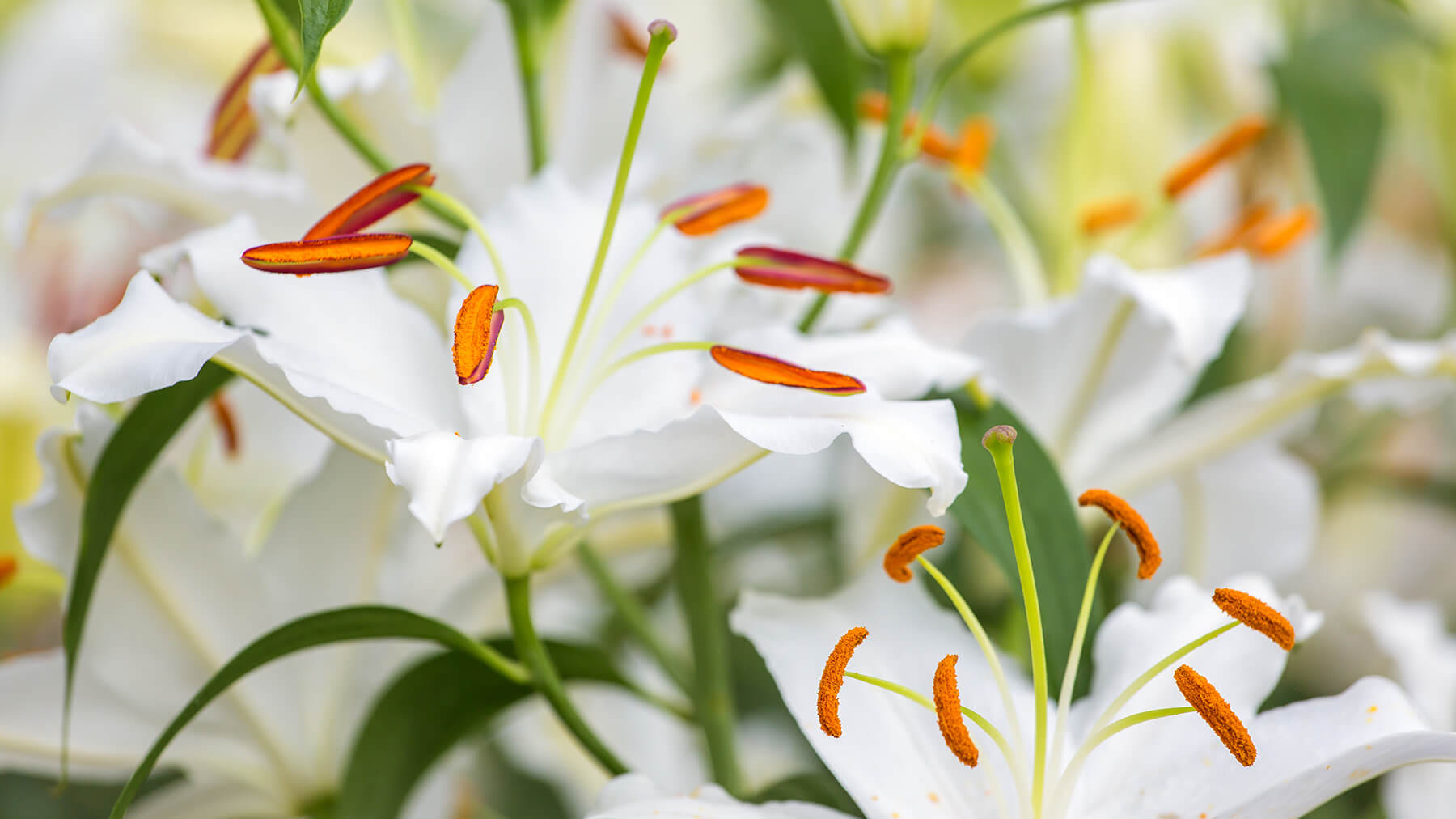
The art of crafting fragrances is inherently intertwined with botanicals. To create a beautiful luxury scent, a deep knowledge of different botanicals and their unique properties is key. Here at CRANBOURN®, we pride ourselves on our expertise and appreciation of different plants, flowers, herbs and spices.
In our Botanical Spotlight series, we will delve into the scientific, cultural and olfactory roots of the key botanicals from our fragrance collections.
A classically beautiful English flower, the rose is from the family Rosaceae, genus Rosa, and species R. damascena.
Roses can be grown all over the world, with some types preferring warmer climates and other hardier species surviving in colder areas and higher altitudes. They can be found in Asia, Europe, North America and northwest Africa.




